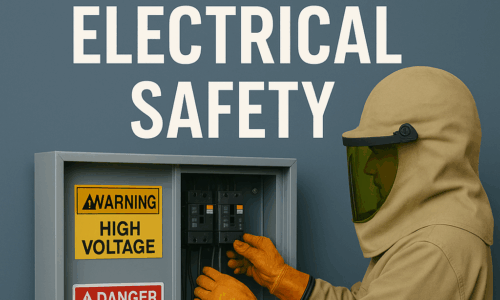Ask Lewis Bass: A Question About SCCR On Machine Nameplates
Welcome to another blog in our ongoing series, Ask Lewis Bass!
This series features actual submitted questions from companies in the industries we provide engineering safety consulting services to.
Topics covered include those associated with our work in 3rd party field labeling, SEMI S2/S8/EMC/F47 testing, CE Marking evaluations, and general engineering questions.
Question:
Hi Lewis Bass,
My team and I have been tasked with calculating SCCR (short circuit current ratings) for machines in our facility in preparation for having them field evaluated.
I’m really in quite a bind here. How do we calculate SCCR for a machine if the manufacturer has not specified it in any of the documentation?
Asked by Mark in San Jose, CA
Lewis Bass:
Hello Mark,
Thanks for the great question this week!
SCCR became a required item on nameplates when the NFPA released the 2005 edition of the National Electric Code, otherwise known as NFPA 70A.
Calculating SCCR for an entire system can seem pretty tricky and your electrician may not always know the exact method to use, but in general, the best practice is to follow this advice for calculating SCCR per each of your machines needing it from our previous blog post on this topic below:
In assessing SCCR in systems where the manufacturer does not provide it, UL508 uses the lowest rated component to determine the SCCR of the system. In older systems, this can result in the system not meeting current code requirements. Fortunately, there exists a methodology for replacing limiting components with higher rated ones to increase the SCCR of the whole system.
Older components not rated with a SCCR can be given a value based on the UL508A SB supplement. The resulting low value of SCCR can most easily be increased by replacing the low default value of non-listed components with newer, SCCR rated component. Other design techniques can be employed such as changing the location of the control circuits from upstream of the main over-current protection device to downstream.
Do you have a question for Lewis Bass?
If you have a question you would like to ask our engineering team about, and don’t mind it being featured in one of our upcoming blog posts, please contact us and reference “Ask Lewis Bass” in the message body.
Include any helpful context along with the question you’d like us to answer for you. All company contact information except for a first name, is anonymized for privacy reasons.



